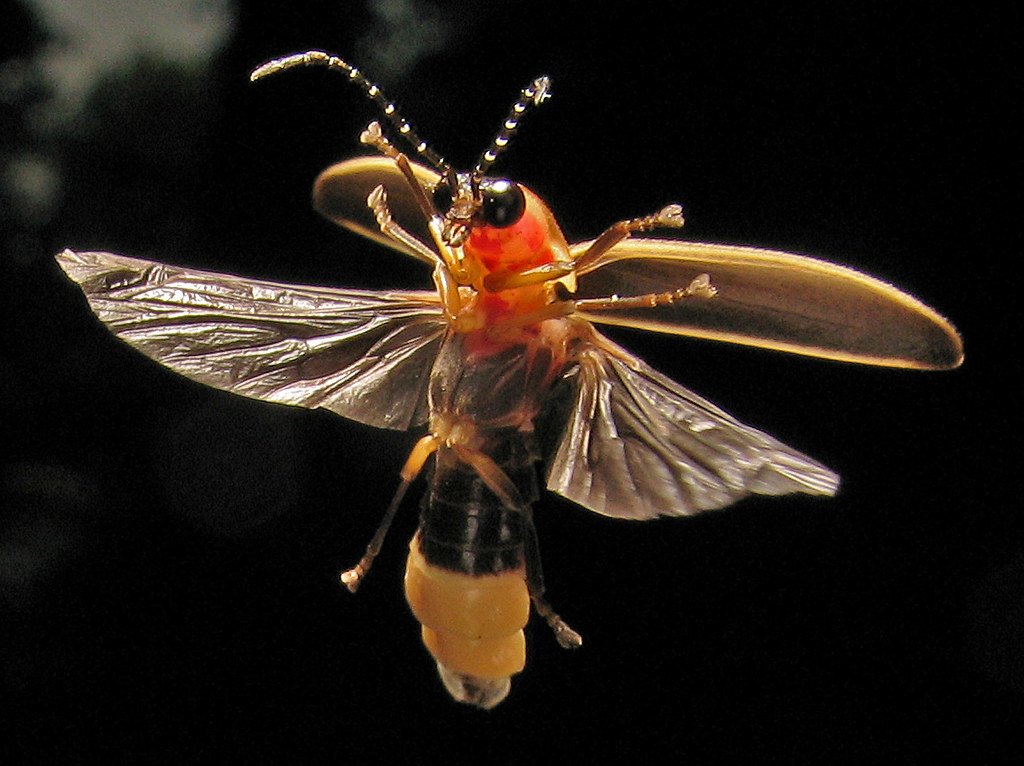

Check out the instructions online at DIY: "Fireflies in a Jar" Night Lamp! Feeling crafty? Did you know you can make a simple homemade lantern by catching fireflies and putting them in a clear glass jar? Instead of possibly harming fireflies, though, you can make something similar with a few glow sticks and some glitter.Write a short story about what you would do if you could glow bright in the night! What would you do if you could glow? Would you wait until dark to shine your light? Or would you shine bright all day long? What uses can you think of for an ability to glow? Could you use your glow to communicate? What would you say? Think about what it would be like if humans could glow.Of course, if you're like most people, you'd rather simply wait for dusk when they come to life and shine their lights for all to see!Īre you ready to learn more about lightning bugs? Don't forget to explore the following activities with a friend or family member: So even though you might not see fireflies once the Sun comes up, they're hanging around amongst the tall grasses. Firefly larvae usually live about one year (from one mating season to the next) before they become adults and give birth to the next generation of fireflies. Some scientists believe fireflies may not even need to eat during their adult period.

Adult fireflies live only long enough to mate and lay eggs. Long grass helps to hide fireflies during the day, so you're unlikely to see them unless you're on your hands and knees looking for them.Īnother reason you might not notice fireflies during the day is that they might not be there! Fireflies have very short life cycles. Since fireflies are nocturnal insects, they spend most of their daylight hours on the ground amongst tall grasses. Fireflies light up after dark in order to attract mates. This process is known as bioluminescence. In fact, most fireflies west of the Rocky Mountains in the United States do not glow.įireflies that glow do so when oxygen mixes with a pigment called luciferin, an enzyme called luciferase, and a chemical called adenosine triphosphate. They're beetles! And there are over 2,000 species of them that can be found all over the world. So why don't we notice them during the day? Where do they go?įireflies are interesting creatures, and there's a lot about them that still mystifies scientists.įor example, fireflies aren't really flies at all. They also don't need sunlight to recharge their lights.

But where do they go when the Sun rises?ĭo they burrow underground to wait for the night to return? Maybe they bathe in the sunlight to recharge their lights?įireflies don't burrow underground. Lightning bugs - also commonly known as fireflies - are so easy to spot during the night when their lights glow bright.


 0 kommentar(er)
0 kommentar(er)
